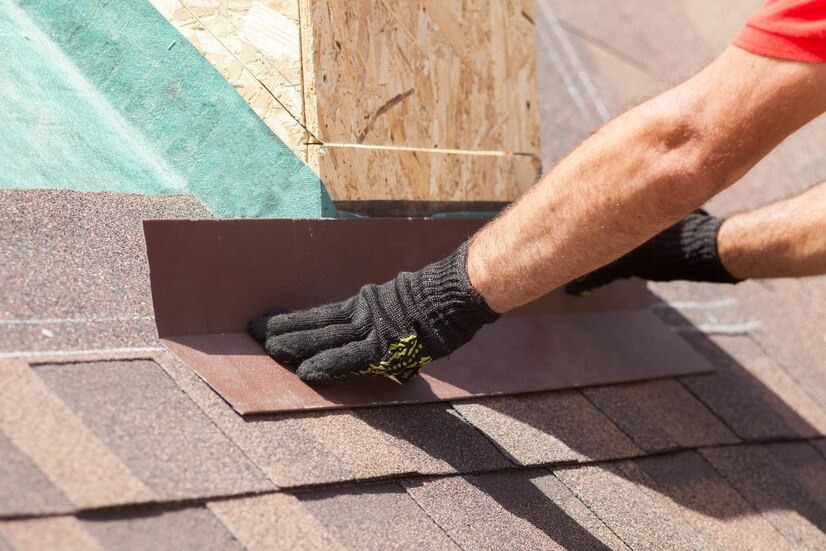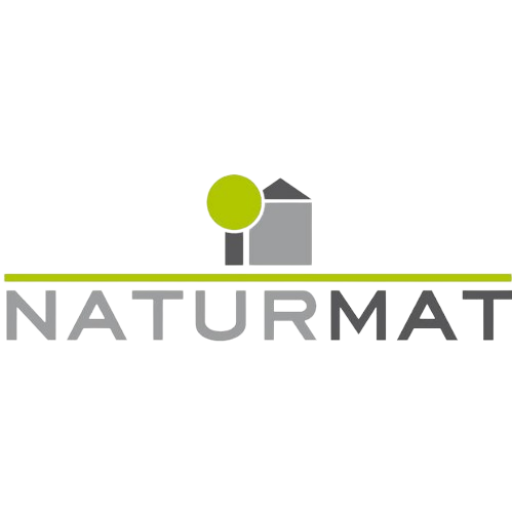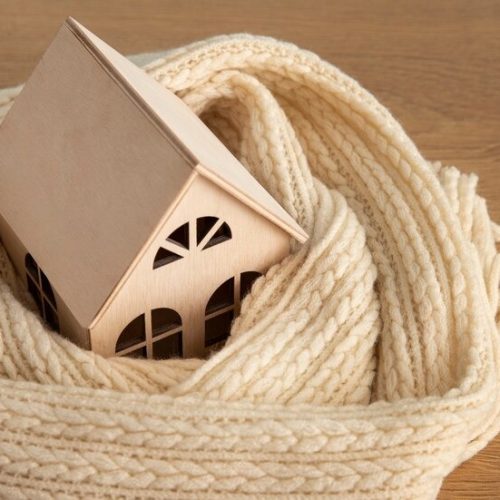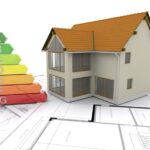Passive house: What makes it so special?
A passive house stands for the highest energy efficiency, environmental friendliness and living comfort. It uses minimal energy for heating and cooling and uses renewable energy to offer a sustainable solution for modern living. Choosing the right insulation, such as blown-in insulation, is a key component.
Blown-in insulation: The key to perfect thermal insulation
What is blown-in insulation?
Blown-in insulation is a recycled insulation material made from cellulose flakes. These are made from waste paper, which makes them particularly environmentally friendly. The cellulose flakes are blown into cavities, creating seamless and efficient thermal insulation.
Why is blown-in insulation sustainable?
Manufacturing from recycled material reduces waste and conserves resources. Cellulose blown-in insulation supports CO2 reduction and is biodegradable, which means it fits perfectly into the concept of sustainable construction.
Energy savings through blown-in insulation
Blown-in insulation significantly reduces heat loss. Its high thermal conductivity ensures that heating and cooling energy is used effectively, which drastically reduces energy costs.

How blown-in insulation complements the passive house
Airtightness as a basic requirement
A passive house relies on a building envelope that is almost airtight. Blown-in insulation makes a significant contribution to achieving this tightness by filling even the smallest cavities.
minimization of thermal bridges
Thermal bridges can affect the energy efficiency of a building. Blown-in insulation prevents these because it adapts to the contours of the building structure and creates continuous insulation.
Improved comfort for residents
Thanks to blown-in insulation, the warmth stays in the house in winter and the heat stays outside in summer. This creates a pleasant indoor climate, without drafts or cold corners.
You can find more details about the function and advantages of blown-in insulation in our blog article .
energy efficiency and environmental awareness
A contribution to CO2 reduction
Passive houses are designed to minimize environmental impact. The use of blown-in insulation reduces energy consumption, which directly contributes to reducing greenhouse gas emissions.
Focus on recycled insulation materials
The use of recycled newspaper makes blown-in insulation a leader in environmental friendliness. Learn more about our commitment to sustainability on our About Us page .
promotion of passive houses
There are various subsidies for sustainable construction in Belgium and Luxembourg. These can help you implement your passive house project more cost-effectively. You can find information about this in our FAQs .
Installation of blown-in insulation: Expertise counts
Professional installation
Installation of blown-in insulation requires experience and precision and should be carried out by experts to ensure that all cavities are evenly and efficiently insulated.
Importance of Blowerdoor Tests
Blowerdoor testing helps check the airtightness of a building and ensure there are no unwanted air leaks. Find out more about this service on our Blowerdoor Testing page .
Choosing the right partner
An experienced provider can help you find the best solutions for your passive house. Our team at Naturmat will be happy to help you plan and implement your insulation projects. Visit our contact page to get in touch with us.
Conclusion: Your step into a sustainable future
Blown-in insulation is more than just an insulating material. It is an essential part of the passive house concept, which combines energy efficiency, sustainability and comfort. If you want to start on the path to an energy efficient home, blown-in insulation is the perfect choice.
Contact us today to learn more about our services or visit our website . Together we will create the foundation for a sustainable and future-proof home.





